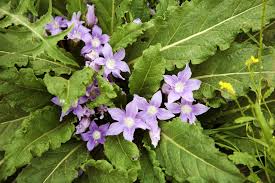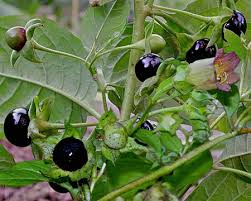During my research into the Bella story, I’ve come across repeated references to a booklet published by Rik Rawling entitled Ghost of a Hurt. Unable to find a copy online, I reached out to Pete Merrill (co-author of another book on Bella) and got Rawling’s contact info. Rawling was kind enough to send me a copy of his booklet in Word format, the published versions all being long since dispersed. The booklet was part of a set which included a compact disc and cassettes.
The document is about 15 pages long and the first third is taken up with Rudolf Hess and his mission to England. In the later two thirds of the booklet, Rawling examines the Bella mystery and suggests there may be a connection with Rudolf Hess – that Bella may have been a German spy sent to Britain in late 1941 to escape the Aktion Hess (retaliation against astrologers in Germany). In the final few pages of the booklet, Rawling examines some other, more recent events surrounding Hagley Wood (abductions, rapes, murders) although their connection to the Bella case is not clear.
I’m not entirely familiar with the occult but Rawling does spend some time exploring the history of the Hand of Glory, and its possible links to the Bella case.
He notes that the Mandrake plant derives its name from the French word – mandragore, which comes from maindeglorie, meaning hand of glory.
So far so good, sounds reasonable… but Rawling then notes that another name for Mandrake is Deadly Nightshade, the Latin name of which is Belladonna. Ah-hah – connection between Hand of Glory & Bella… As an amateur herbalist however, this sounded a bit strange to me, so I did some research.
Mandrake (Genus Mandragora) and English (or False) Mandrake (Genus Bryonia) and Deadly Nightshade (Genus Atropa) are all from separate genera. Mandrake is NOT the same as Deadly Nightshade (Atropa belladonna).
On top of that, Merriam-Webster states that Mandragora is derived from Middle English, from Old English, from Latin mandragoras, from Greek. A bit more digging on Wiktionary reveals that mandragoras originates: from Ancient Greek μανδραγόρας (mandragóras), probably from a non-Indo-European Pre-Greek/substrate. Or, possibly from Old Persian merdum gija (“plant of humans”). There is no hint of Mandragora being derived from French… or that it means “hand of glory”.
The above leaves me wondering how much of the booklet is accurate and how much is based on rumours and/or speculation. Having said that, it was definitely an interesting read! I also loved the cover of the booklet with it’s Penguin-esque look to it.


